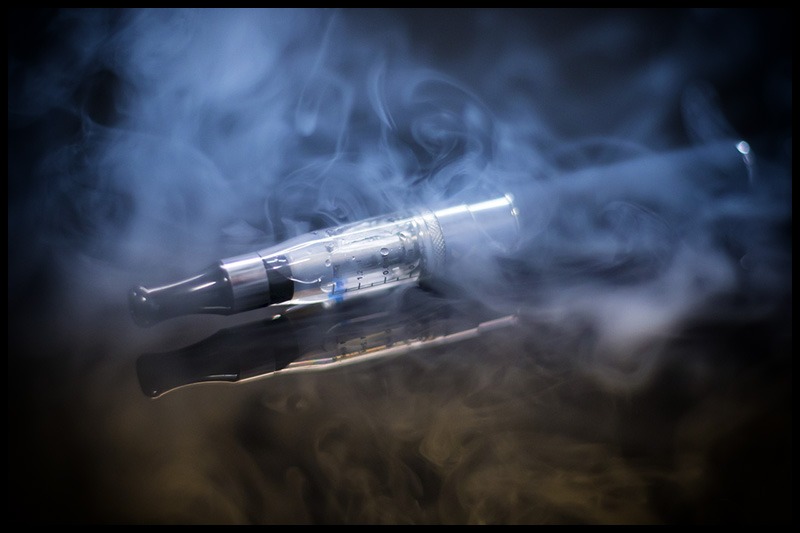Table of Contents [show]
 Navigating the world of nicotine delivery can feel overwhelming. With a range of options available, such as smoking cigarettes, vaping, and heated tobacco products, it’s no wonder many people are left questioning which option is best for them.
Navigating the world of nicotine delivery can feel overwhelming. With a range of options available, such as smoking cigarettes, vaping, and heated tobacco products, it’s no wonder many people are left questioning which option is best for them.
In this comprehensive guide to nicotine delivery, we unpack each method in detail so you can make an informed decision about your nicotine habits. We explain how each one works physically within your body and the associated health risks so you can be better prepared when considering switching to a new alternative. So let’s jump right into it.
What is Nicotine Delivery Systems – Smoking, Vaping, and Heated Tobacco
Nicotine delivery systems refer to the different means through which nicotine, a highly addictive substance found in tobacco, can enter the body.
Smoking, vaping, and heated tobacco are a few popular delivery methods widely used worldwide. Smoking is the oldest and most dangerous form of nicotine delivery, causing long-term health problems such as cancer, heart disease, and respiratory disorders. On the other hand, vaping is considered a safer alternative to smoking and involves using electronic cigarettes to inhale nicotine-infused vapor.
Lastly, heated tobacco involves using special devices that heat tobacco without combusting it, allowing the user to inhale nicotine without inhaling any harmful chemicals produced by combustion. While all three methods have unique benefits and drawbacks, it is essential to maintain caution and choose the safest option to avoid potential health hazards.
Comparing the Different Delivery Methods – Pros and Cons
When considering switching to an alternative nicotine delivery system, weighing the pros and cons of each method is essential. It will help you make a more informed decision about which option best suits your lifestyle and needs.
Smoking:
Smoking cigarettes has been linked to numerous health risks, including cancer, heart disease, and respiratory disorders. It also contains thousands of chemicals that can be damaging to human health if inhaled. On the other hand, smoking is inexpensive compared to vaping or heated tobacco products and is widely available in most countries.
Vaping:
Vaping is often considered a safer alternative to smoking as it involves inhaling vapor instead of smoke. It generally uses fewer chemicals than traditional cigarettes and is available in various flavors. However, it can be more expensive and inappropriate for those with asthma or other respiratory conditions, as the vapor contains nicotine.
Heated Tobacco:
Heated tobacco products are relatively new to the nicotine delivery market but have gained popularity over recent years. These devices heat tobacco without combusting it, allowing users to inhale nicotine without inhaling any harmful chemicals produced by combustion. They are also more expensive than traditional cigarettes and vaping products. NEAFS are a subset of heated tobacco products that deliver nicotine as an aerosol, which is believed to be the safest option for nicotine consumption.
Breaking Down the Types of Nicotine Delivery – Variety of Options for Everyone
Ultimately, the type of nicotine delivery system you choose will depend on your individual preferences and needs. Smokers may seek a healthier alternative to cigarettes, while those looking for something new may find vaping or heated tobacco products more appealing.
No matter what your nicotine habits are, there is an option that can suit your lifestyle and budget. Vaping and heated tobacco products are available in various flavors, strengths, and designs, so you can find the perfect product to fit your needs.
It’s essential to keep in mind that all nicotine delivery systems come with their associated health risks. Be sure to research and consult with healthcare professionals before making a decision. Finding the right nicotine delivery system for you can help ensure you make a safe and informed decision.
Exploring the Health Implications of Nicotine Delivery Methods
It’s essential to be aware of the potential health risks associated with nicotine delivery systems and consider these before deciding. Smoking cigarettes has been linked to numerous dangerous health conditions, such as cancer, heart disease, and respiratory disorders.
Vaping is generally considered a safer alternative to smoking cigarettes as it involves inhaling vapor instead of smoke. However, the long-term effects of vaping are still not fully understood, and there have been some reports of respiratory illnesses associated with e-cigarette use.
Heated tobacco products are relatively new but are believed to be the safest option for nicotine consumption as they heat tobacco without combusting it. Additionally, heated tobacco products that use NEAFS technology also deliver nicotine as an aerosol, reducing the risk of inhaling harmful chemicals.
Examining Safety Considerations for Each Method – What to Look Out For
When considering which nicotine delivery system suits you, looking for safety considerations is essential. Traditional cigarettes contain thousands of chemicals that can be damaging to human health if inhaled and should be avoided, especially by people with asthma or other respiratory conditions.
Vaping is considered a safer alternative as it involves inhaling vapor instead of smoke, although the long-term effects still need to be fully understood. Be sure to research any vaping product before purchasing and choose those that come from reputable brands and don’t contain potentially dangerous ingredients.
Heated tobacco products are believed to be the safest option for nicotine consumption as they heat tobacco without combusting it. These products usually employ NEAFS technology, reducing the risk of inhaling harmful chemicals. However, it’s essential to research any product before purchase and ensure you use a reputable brand.
Further Reading:
A Guide to Vape Coils for Vape Lovers
5 Simple Tips for Making Your Vape Coils Last Longer
What To Consider When You Want To Start Vaping




